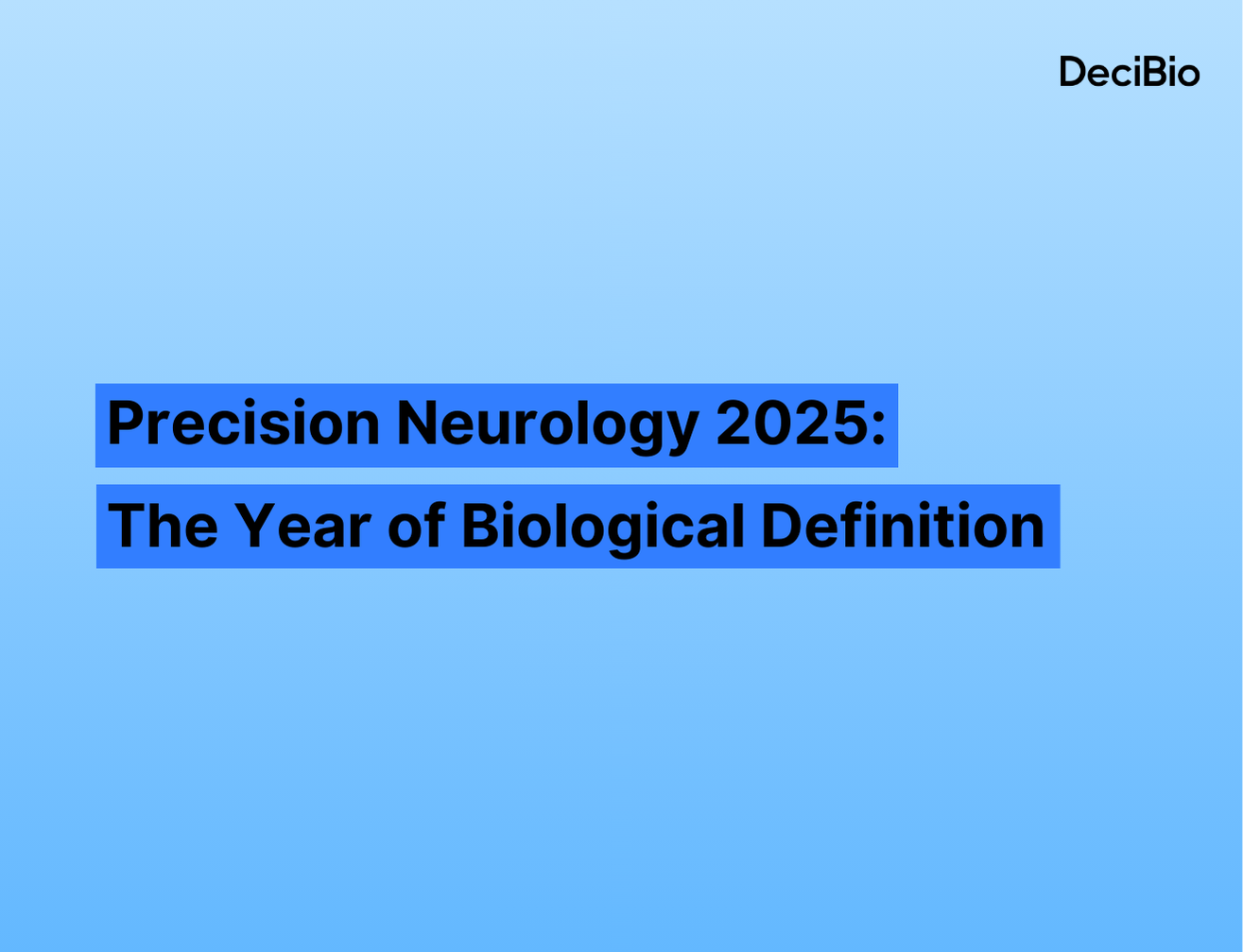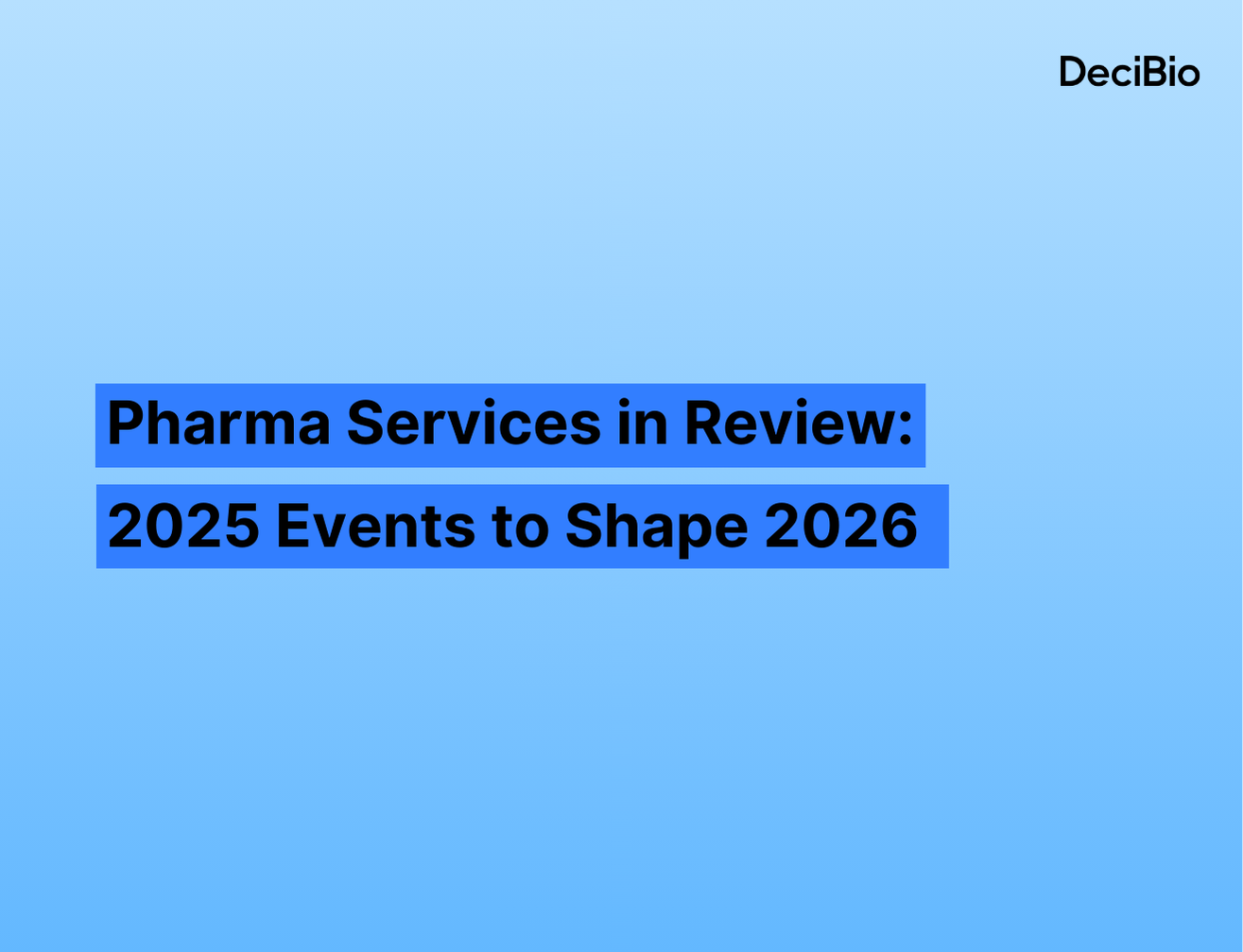On May 24th, the FDA approved a revolutionary treatment for children under two years old who have spinal muscular atrophy (SMA) type I – a debilitating condition resulting from a mutation in the SMN1 gene that typically proves fatal before the age of two. The approved drug, Zolgensma, is an AAV-based gene therapy first developed by AveXis, Inc. and acquired by Novartis in April 2018 for $8.7 billion. While not the first AAV therapy to be approved by the FDA (that distinction goes to Spark Therapeutics’ Luxturna in 2017), this therapy crystallized the industry’s hopes in the potential curative power of AAVs. This approval marked an impressive turnaround for a field that was all but abandoned 20 years prior after the death of Jesse Gelsinger – the first volunteer to die in a clinical trial testing an AAV-based therapy. Having learned from these early missteps, the field is now ripe with programs being developed by both new and established biotech companies alike for diseases ranging from lysosomal storage disorders to ALS and Huntington’s Disease.The success story of Zolgensma, however, turned a page in August when the FDA announced that Novartis had notified the agency of errors in parts of the data contained in its application to the FDA. These errors related to potency data presented to support part of the production process for the drug. These errors first came to light internally, within Novartis, in March, while the FDA was still reviewing the application and had not yet approved the drug. However, Novartis waited until June 28th to alert the agency to this issue, more than a month after the drug was approved. This event highlights important questions in how novel, potentially curative therapies are developed and regulated when they create no room for second to market.
Data Integrity
After the FDA received notice of data manipulation within the recently approved application, the FDA descended on the labs of the now-Novartis subsidiary AveXis in San Diego, where the potency testing work was performed. As a result of the inspection, the FDA issued AveXis a Form 483, citing deficiencies surrounding documentation, standards, and procedures that were not followed. The agency went so far as to issue a public statement on August 6th from Dr. Peter Marks, the Director for the Center for Biologics Evaluation and Research, the arm of the FDA that reviewed and approved the Zolgensma application. This public statement brought about a storm of inquiry that quickly engulfed Novartis.The FDA’s extraordinary response stemmed directly from the nature of the offense: the apparent misleading of the agency. Though the FDA regulates drug development and new drug approvals, the agency cannot reasonably provide direct oversight over all work that industry performs. Thus, the agency and industry should operate within a culture of absolute trust – wherein industry provides data free from manipulation or bias, and the FDA does not question its veracity. Violation of this basic principle threatens patient safety. The FDA still does not know who committed the manipulation or why, but this event is likely to have long-range effects on the regulatory process, particularly for the development of novel, potentially curative, therapies.
The Gene Therapy Field
SMA:Zolgensma is currently in clinical testing to support expansion of the label to SMA types II and III. Biogen’s Spinraza was the first therapy approved for SMA but is now quickly being supplanted by a competitive landscape. Beyond Zolgensma, there are conventional therapies in late stage development by Roche (Risdiplam) and an additional program by Novartis (Branaplam). The former is a small molecule that modifies the splicing pattern of the SMN2 gene, increasing the effective level of functional survival motor neuron protein produced by SMN2. Roche is expected to submit a new drug application for this therapy to treat SMA type I-III before the end of the year. Branaplam has a similar mechanism of action but is only in Phase 2 testing for SMA type I populations. As Zolgensma gains wider market adoption, the role of these non-curative therapies will come into question. Specifically, use will most likely be driven by older populations outside the inclusion criteria for Zolgensma, those with milder type IV SMA, and payers who may balk at the price of Zolgensma, which presently carries the title as the world’s most expensive therapy.Broader Gene Therapy Field:Beyond SMA, industry has exploded with programs utilizing viral vector therapies, the majority of which focus on monogenic disorders. DeciBio has compiled at least 30 programs across a range of industry sponsors, with many more in the target-identification stage. These include programs that intend to dose patients directly with AAV, as well as those that use AAV to transform cells in culture with the intent to subsequently transplant the cells into patients. Excitement in the field has grown as therapies have been approved and technology has improved to engineer the viral vectors to enhance delivery and efficiency. Indeed, private companies alone are backed by more than three-quarters of a billion dollars in venture investments and our internal analysis shows no slowing of this trend. This view is supported by regulators, with the FDA stating they expect to approve 10 – 20 gene and cell therapies annually by 2025.
Regulatory Considerations
This intense interest and excitement over gene therapies, now complicated by the present issue with the Zolgensma application, raises complex questions with regards to the appropriate regulatory framework and review of this new class of therapies and more novel therapeutic classes generally. The present framework is well-suited to regulating small molecules, which predominantly have predictable manufacturing, purification, and potency parameters. Viral vectors, however, have complicated manufacturing requirements with more complex validation requirements, to name only two specific issues.The regulatory framework should grow and change to better support regulation of novel products with more complex manufacturing and controls requirements, in coordination with industry. Specific frameworks are required to set optimal procedures for manufacturing, purification, and validation of the final product. There should also be a set of industry-accepted validation and verification studies to prove that best practices were followed to allow the FDA to make objective approval decisions.As a result of the Zolgensma case, it is expected that the FDA will become more rigorous in their review of applications and demand more data to support approvals. This more rigorous standard for novel therapies has begun to materialize in the case of the FDA’s recent complete response letter to Sarepta Therapeutics, rejecting their marketing application for their latest drug for Duchenne muscular dystrophy (DMD), golodirsen. While speculation exists that the agency’s controversial approval in 2016 of Sarepta’s first drug for DMD may have played a role in the subsequent rejection of golodirsen, it is clear that the FDA is raising the bar for approving novel therapies.
Broader Implications for Drug Development
In parallel to changes in the regulatory framework, industry also needs to reconsider the way in which it allocates resources and develops potentially curative therapies. While “me-to” programs in the small molecule and biologics space are common, there will likely be little to no room for so-called “N-th” to market programs when the first approved product will begin effectively curing patients. This is presently playing out in the hemophilia B space where there is a Phase 3 race between uniQure and Pfizer for their respective AAV therapies. Pfizer, who is currently seen as trailing uniQure, is projected to capture peak sales of only $70M, a tenth of the forecast for uniQure’s product. Further complicating this race is a program in Phase 2 by Freeline Therapeutics which, while potentially third to market, may serve a broader population at a lower effective dose.Our internal analyses suggest that industry will begin to diversify development programs distributed across more conditions. This will help reduce the risk of potentially tremendous development losses that could result from ultimately being second to market. The importance of being first is again highlighted by another product in development for hemophilia A, where BioMarin recently announced they will pursue an expedited filing for approval of their AAV therapy in the fourth quarter using data from an ongoing Phase 1/2 trial and an interim analysis of an ongoing Phase 3 trial. This would cement a solid lead over a competing program by Spark Therapeutics. Sangamo and Pfizer are collaborating on a third product, that is further behind. We will be closely updating our sales forecasts as approval gets closer. The landscape of potentially curative drug programs in preclinical development is beginning to trend to fewer groups developing therapies for the same indication. Our data shows, at most, three programs in development for the same indication, with the average number of development programs per indication of approximately 1.6. This is in stark contrast to the PD-1 space, for example, where DeciBio’s BioMAP platform has tracked six approved antibodies and >12 programs in development by a similar number of companies.
CONCLUSIONS
The FDA determined that the issue of data integrity in AveXis’ Zolgensma application ultimately did not affect the safety and efficacy of the therapy and have allowed it to remain on the market. These events, however, bring up important questions and highlight a need for updated regulatory frameworks for novel classes of therapeutics such as AAV. More broadly, the industry will reshape their development workflows for AAV therapies, where spoils will go exclusively to the victor.
About the Author

Carl has experience with opportunity identification, new product development, and growth strategies within the areas of tools, devices, and therapeutics. He has expertise with respect to drug development and regulatory concerns, including projects informing R&D prioritization, lead selection, and regulatory strategies. Connect with him on LinkedIn.






